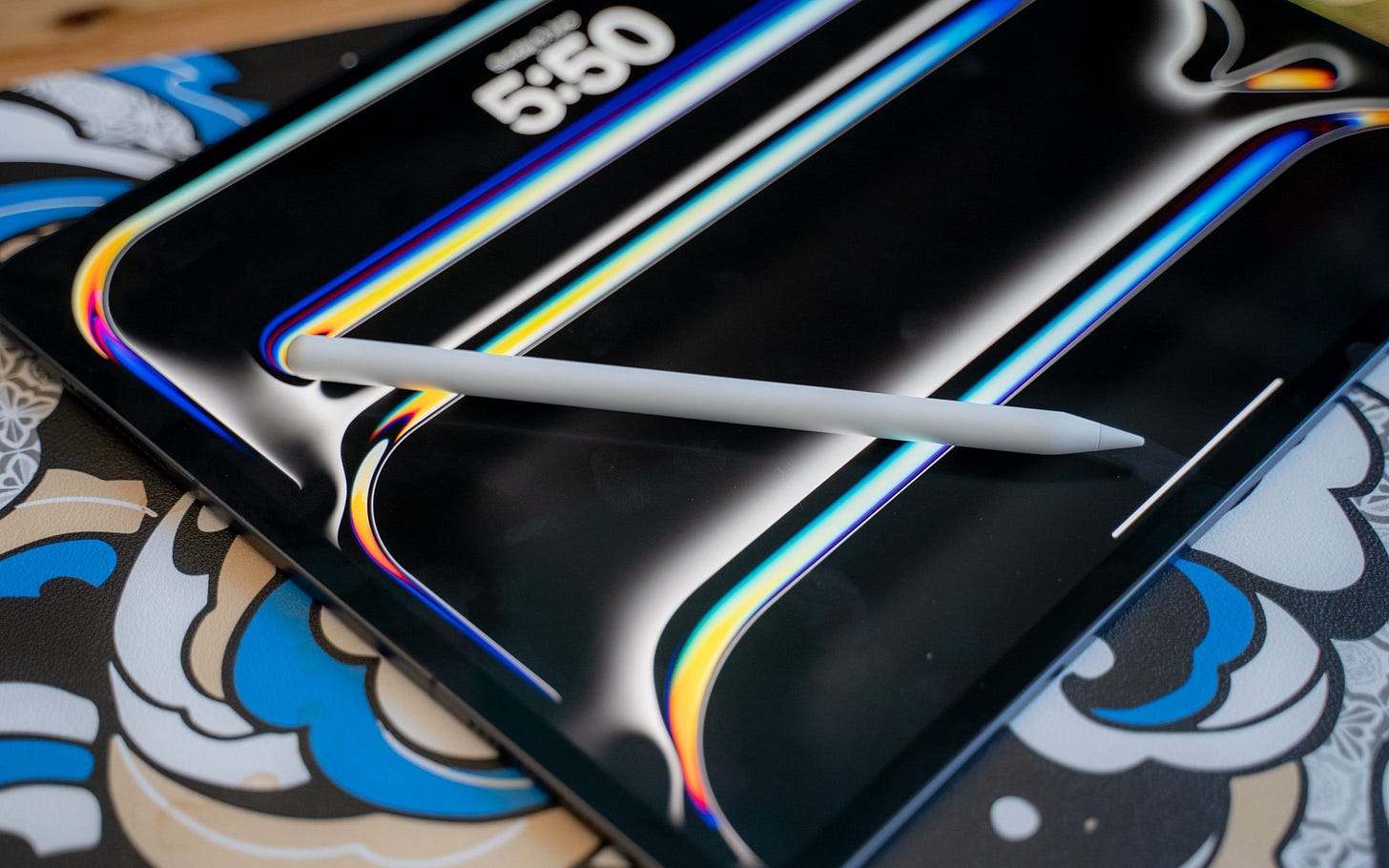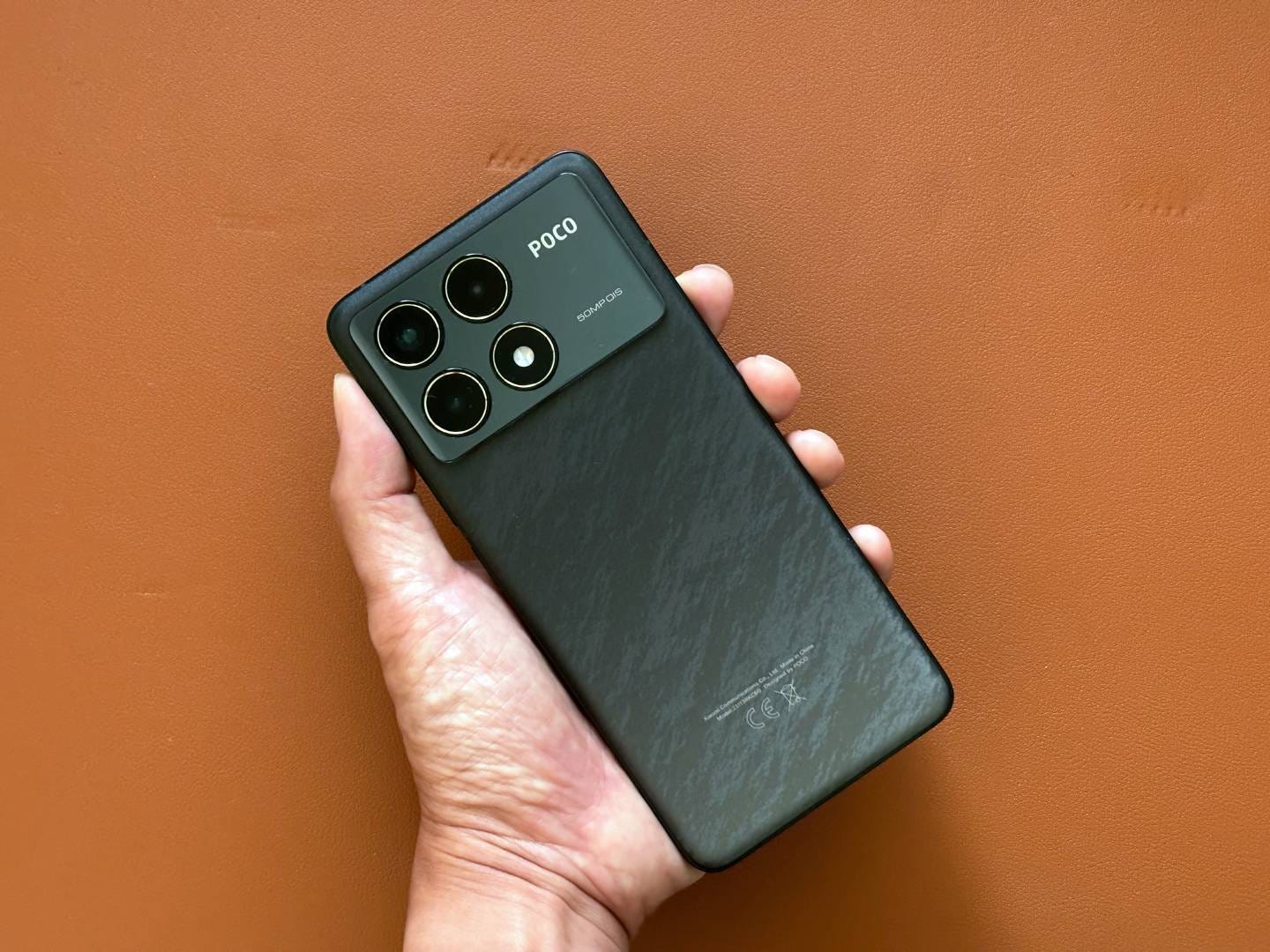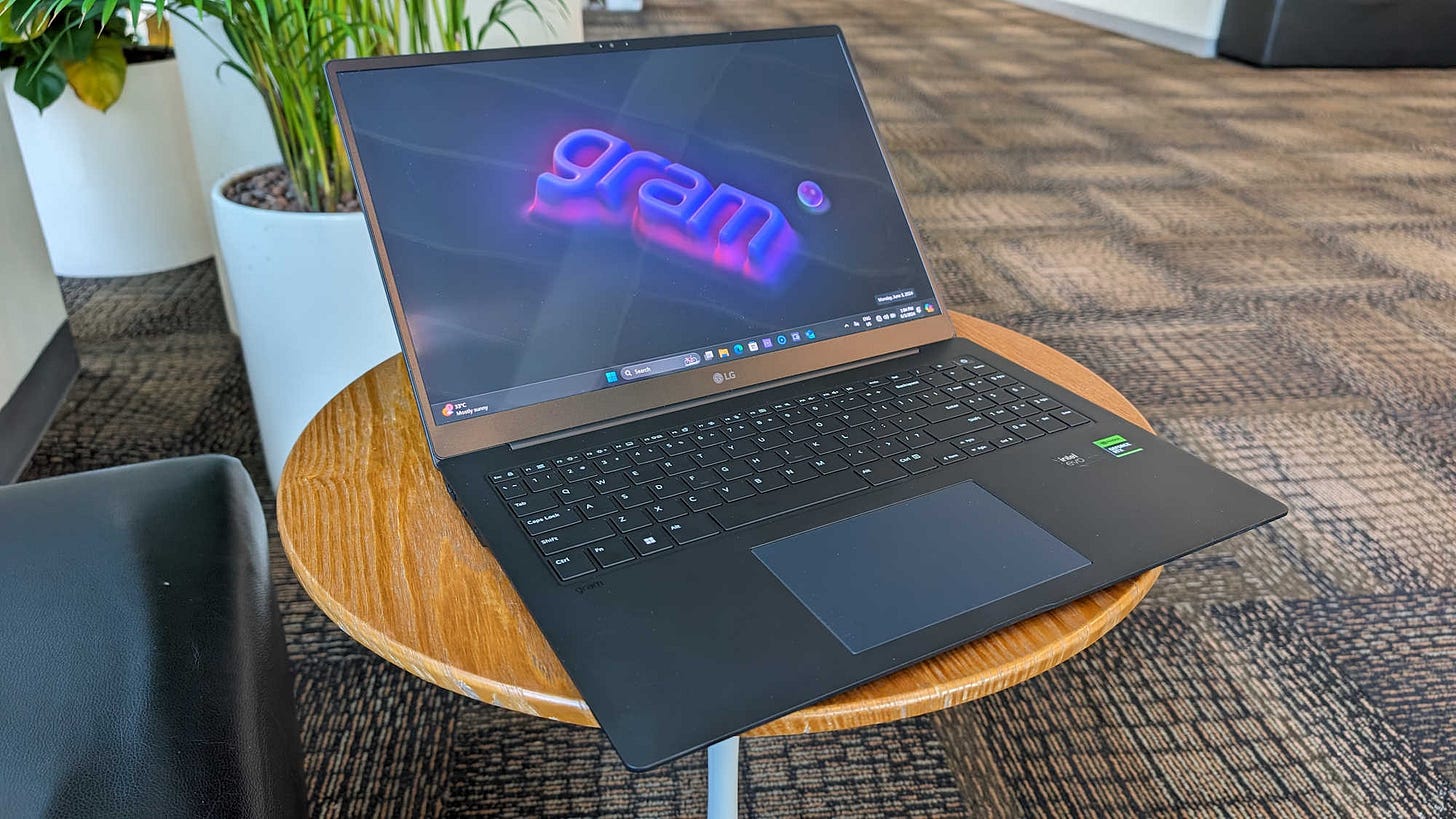With AI being all the rage now, it’s no surprise that Apple’s Worldwide Developer Conference (WWDC) event saw the company announce its own AI solution — Apple Intelligence. The next versions of iOS, iPadOS, and macOS will have some form of AI integration, from writing tools, to generative AI art, to even audio transcription.
Nothing too revolutionary at first glance — we have seen similar AI tools from Apple’s rivals. Google has Gemini in their phones, while Microsoft has Copilot on its PCs, and the more powerful Copilot+ will soon be released to the public. So Apple’s integration and execution will be key here.
Apple is also touting that its AI features offer a greater level of privacy than others. Most requests will be processed locally — Apple Intelligence only works on the iPhone 15 Pro and other Apple devices with the M1 or later chip. If your AI job needs more power, the request will still be sent to the cloud. But more importantly, the personal data sent to the cloud will not be stored or accessible by anyone other than the user, not even to Apple. Cool.
Besides Apple Intelligence, Siri will also consult ChatGPT 4o, and all queries sent to OpenAI will not be retained. Now, despite not being able to get data from Apple users, I’d argue this makes OpenAI the real winner here. Its technology is being used by the two biggest tech names in the market, Apple and Microsoft, where its Copilot AI companion also uses the same technology.
If anything, this has secured OpenAI’s place as the AI top dog for now, though I’m guessing it wouldn’t be long before Apple’s own AI efforts catch up, and they may not need to use OpenAI’s tech in the future.
Still, if I was a betting man, I’d keep my eye on Nvidia, who is likely supplying all the compute power that OpenAI will need as millions of Apple users start requesting a ton of stuff once these features are released.
In our reviews this week, we tested Apple’s latest iPad Pro, which sports the new M4 chip, a near-flagship smartphone from Poco that offers value for money, and the LG gram Pro 16 laptop, which despite its sleek design, manages to accommodate an Nvidia graphics chip.
As the first device to sport Apple’s latest and greatest M4 chip, the new Apple iPad Pro is bursting with computing power. However, we don’t believe apps are able to fully harness this powerful chip yet. It’s also incredibly thin, while the new OLED screen option looks brilliant, with beautiful colours and contrast. And it goes without saying that it’s a pricey, premium device that starts at S$1,499.
The Poco F6 Pro sports last year’s flagship Snapdragon 8 Gen 2 processor, which explains how the manufacturer was able to deliver great performance for a mid-range price (from S$629). It certainly looks like a flagship phone in terms of the build quality and the bright, lively OLED screen, though the camera system isn’t quite as advanced as the top models.
The most impressive thing about the LG gram Pro 16 is that LG somehow manages to fit an Nvidia GeForce RTX 3050 into its sleek body. But there are downsides to this: The battery life is middling, and the RTX 3050 runs warm, and isn’t all that great for gaming due to its entry-level performance. The high price (S$3,299) doesn’t help, either.







